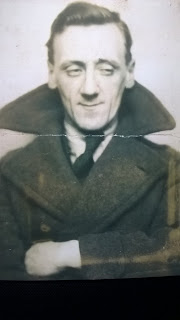Sancho Cancer
On the Wikipedia page, Sancho Panza
appears first on the list of famous fictional sidekicks. Not surprising, really: Don Quixote is one of
the greatest and most famous works of literature and, more than four centuries
after its first
publication, it continues to exert canonical influence.
I’m going to
hazard that Sancho Panza was the first ‘sidekick’ and thereby set the
template. The ‘lead’ character is
energetic, zany, prone to flights of fancy and makes the choices that generally
dictate the overall direction of the story; the ‘sidekick’ is more down to
earth, more rational, more concerned with the practicalities of getting through
each day and ensuring that, on balance, success outweighs disaster.
I am a
person who does not have cancer in my body; but I am caring for someone who
does. She is the lead – going toe-to-toe
on a daily basis with all that cancer can throw at her: it attacks her breasts,
her liver, her brain, her lymph system, her lungs. The disease and its outriders – the radiotherapies,
the surgeries, the chemotherapies, the 200+ pills a week – induce innumerable
decays: the skin, the muscles, the alveoli, all weakened; the hair, the
fingernails, the veins, the muscles, all depleted.
But not the
Will.
I am the
sidekick. I apply lotions and push
wheelchairs, I arrange appointments and do laundry, I carry and salve, navigate
and support, I cook and I clean. I
listen at the darkest times and laugh and cry at the magnificent insanity of it
all. As she paints her T-cells and her
brain scans, I see Don Quixote, imagining a solution, an answer, that cannot
possibly be true – but is nevertheless real and powerful and extraordinary.
I am Sancho
Cancer.
Image (c) Pablo Picasso, 1955



Comments